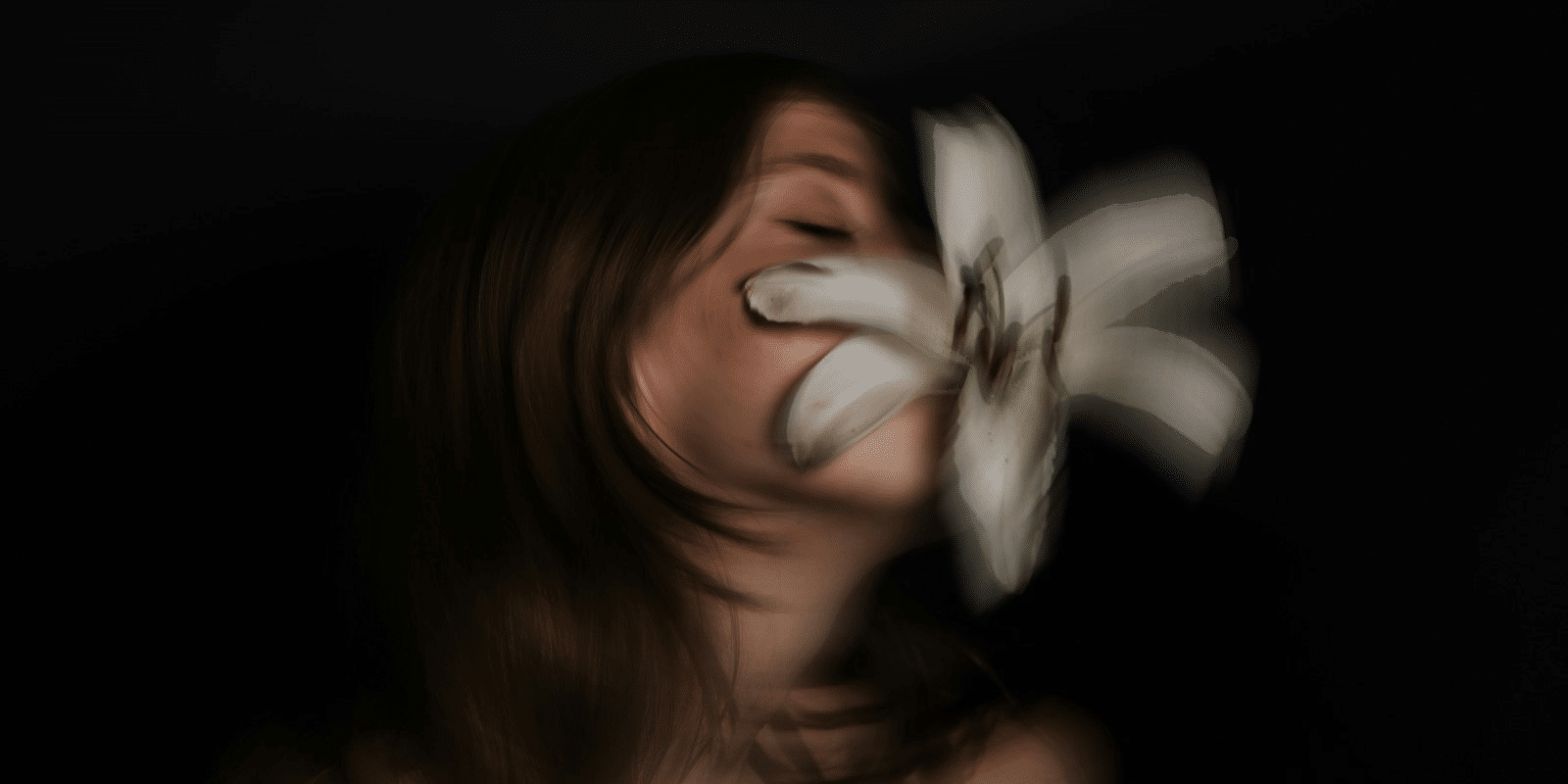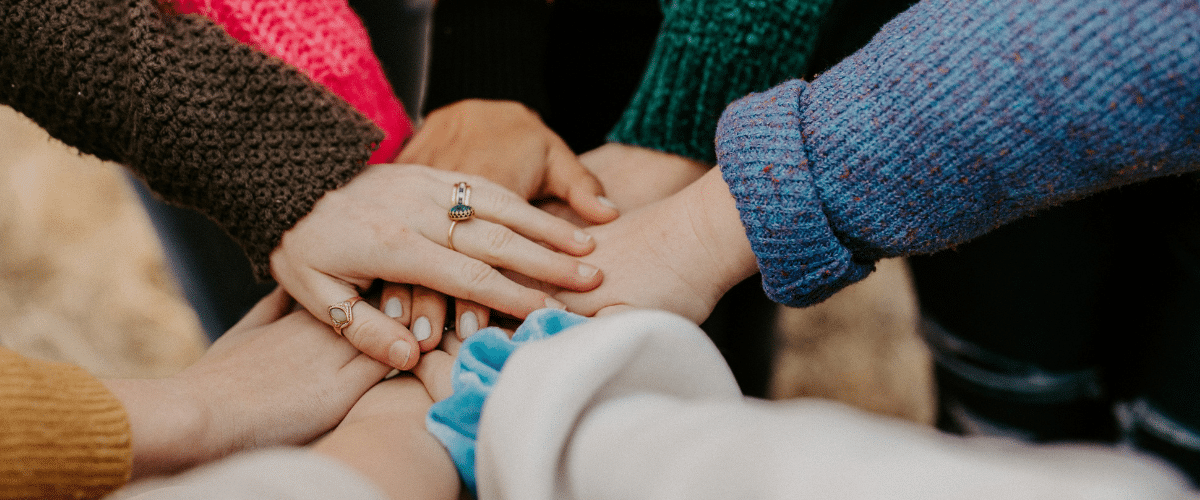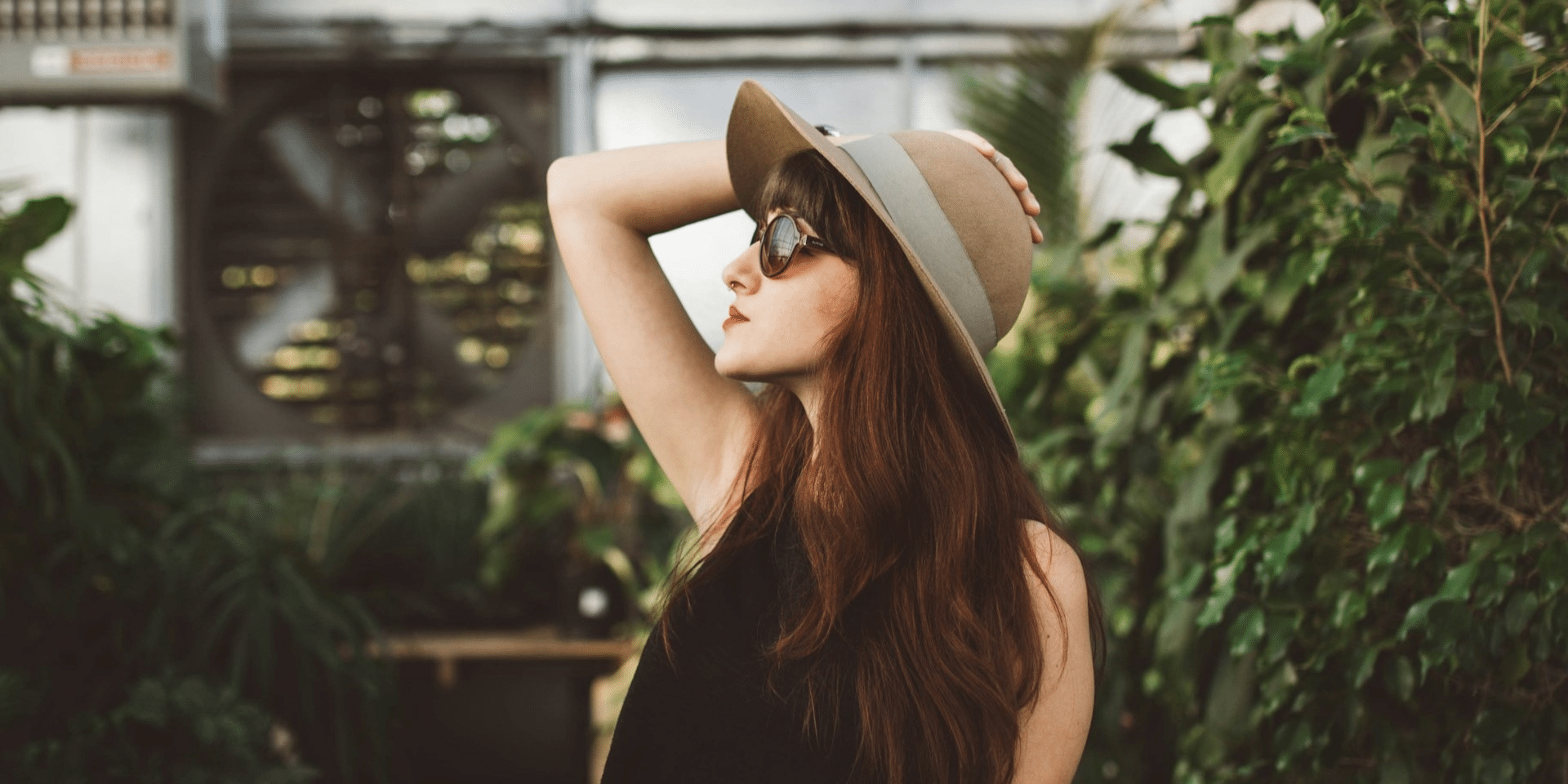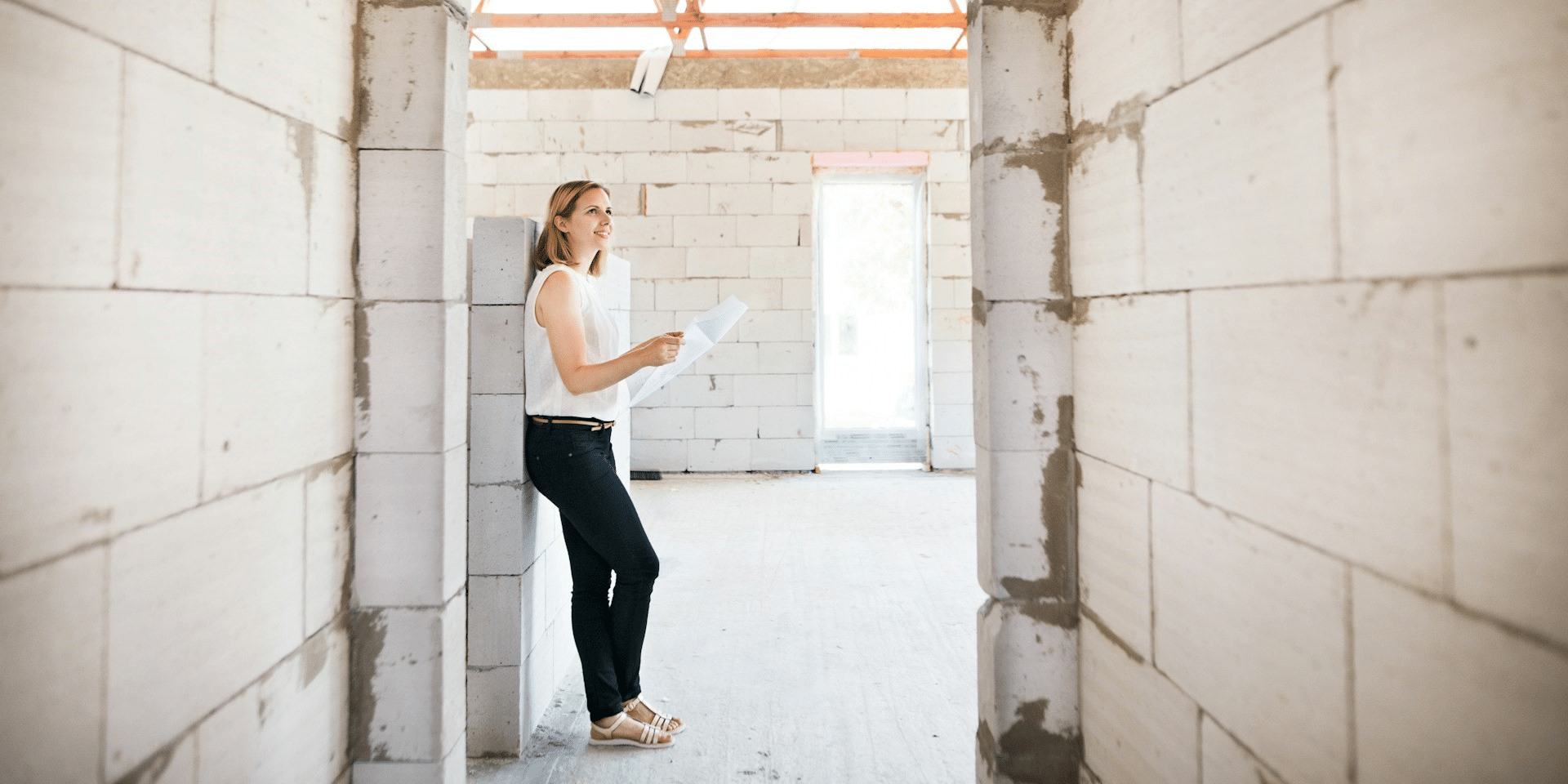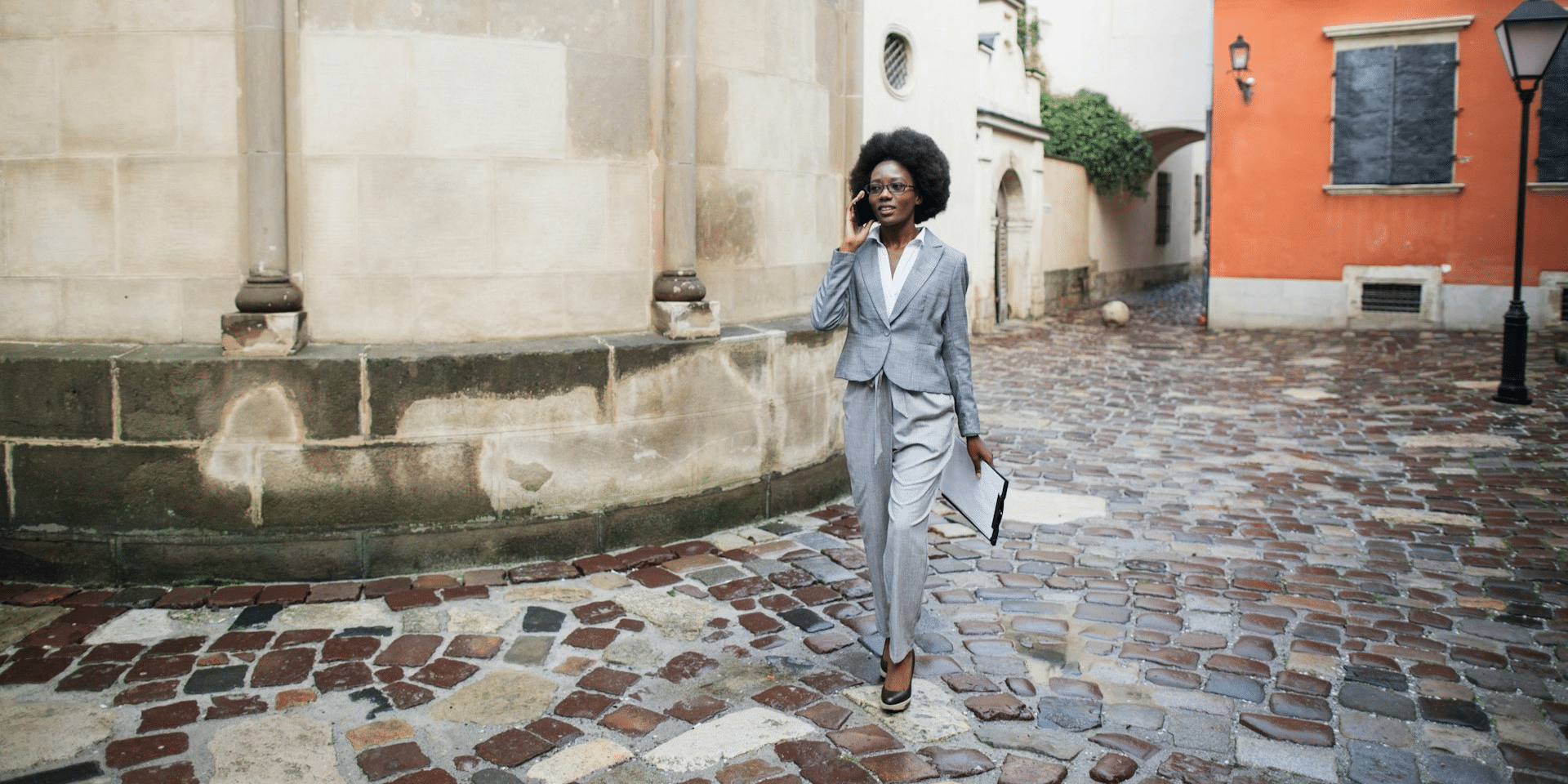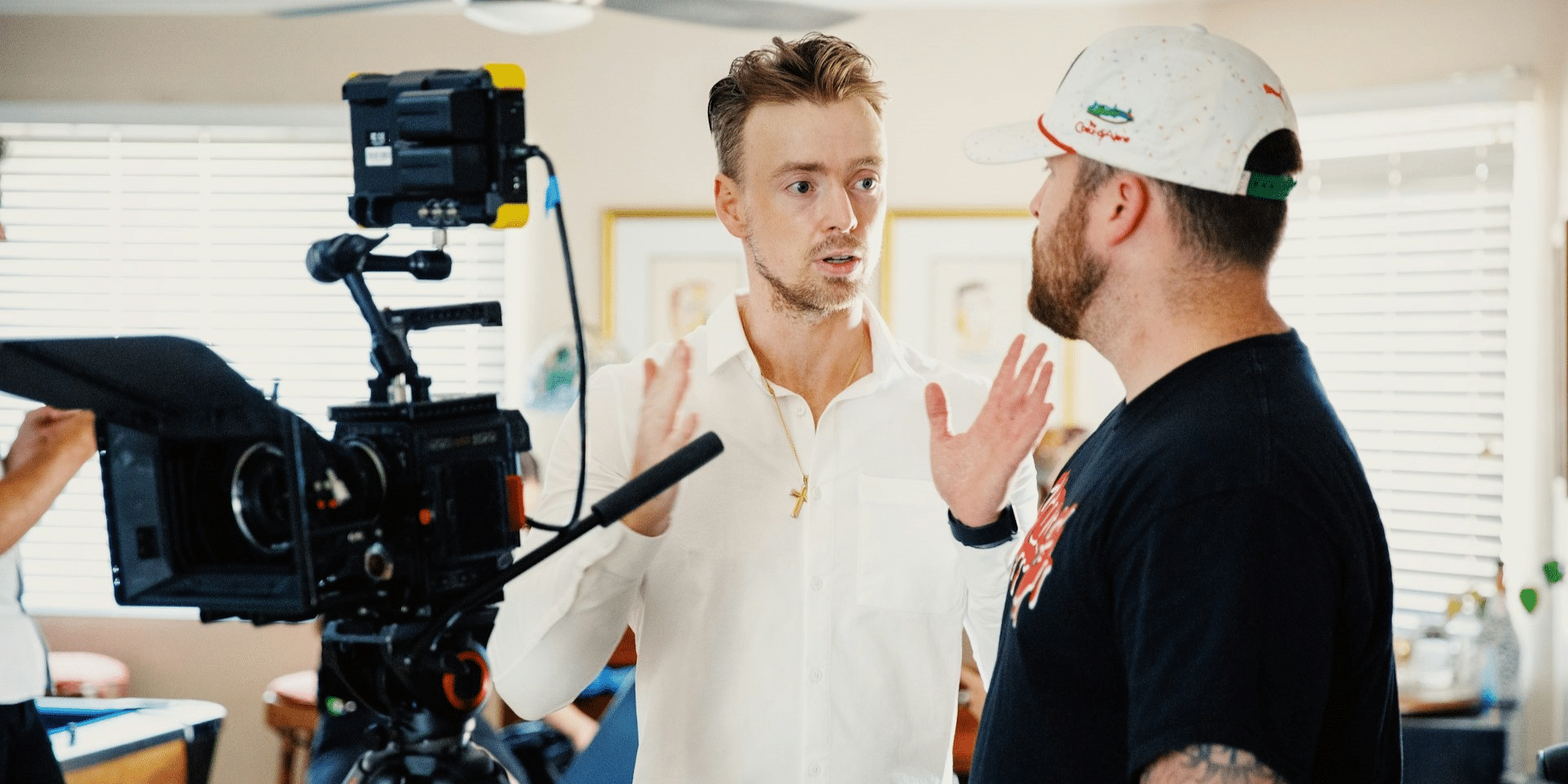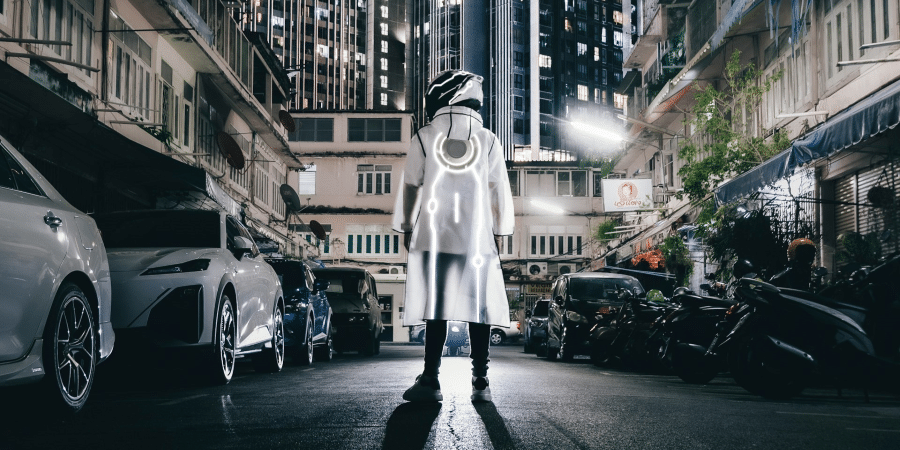Photography techniques play a crucial role in shaping the look and feel of films and TV shows, influencing everything from mood and atmosphere to storytelling and character development. In this article, we’ll take a closer look at how photography techniques can influence films and TV shows, and the creative choices filmmakers make to create compelling visual narratives that captivate audiences around the world.
Setting the Mood and Atmosphere
One of the primary ways photography techniques influence films and TV shows is by setting the mood and atmosphere of a scene. Lighting, composition, and color grading can all contribute to the emotional tone of a scene, whether it’s creating a sense of tension and suspense in a thriller or evoking nostalgia and warmth in a romantic comedy. By carefully selecting and manipulating these elements, filmmakers can create immersive worlds that draw viewers into the story and enhance their emotional engagement with the characters and plot.
Establishing Visual Style and Identity
Photography techniques also play a crucial role in establishing the visual style and identity of a film or TV show. Each project has its unique aesthetic, influenced by factors such as genre, setting, and directorial vision. Whether it’s the gritty, high-contrast black-and-white cinematography of film noir or the lush, vibrant colors of a fantasy epic, photography techniques help to create a distinct visual language that sets the tone for the entire production. A consistent visual style can become a signature element of a filmmaker’s work, helping to distinguish their projects and build a recognizable brand identity.
Enhancing Storytelling and Character Development
In addition to setting the mood and establishing visual style, photography techniques can also enhance storytelling and character development in films and TV shows. Framing, camera movement, and shot composition can all convey important information about characters’ emotions, relationships, and motivations without the need for dialogue or exposition. A close-up of a character’s face, for example, can reveal their inner turmoil or vulnerability, while a wide shot of a sprawling landscape can emphasize their isolation or insignificance in the world. By using photography techniques strategically, filmmakers can enrich the narrative and deepen audience engagement with the story and characters.
Creating Visual Metaphors and Symbolism
Photography techniques can also be used to create visual metaphors and symbolism that add layers of meaning and complexity to films and TV shows. Lighting, shadows, and camera angles can all be employed to evoke deeper themes and ideas, reinforcing the central themes and motifs of the story. For example, low-key lighting and high-contrast imagery can symbolize moral ambiguity or inner conflict, while symmetry and framing can represent balance and harmony. By incorporating these visual elements into their work, filmmakers can enrich the viewing experience and invite audiences to interpret the story on multiple levels.
Evoking Time and Place
Photography techniques are also instrumental in evoking the time and place in which a film or TV show is set. Whether it’s capturing the neon-lit streets of a futuristic metropolis or the sun-drenched landscapes of a bygone era, cinematography can transport viewers to different worlds and immerse them in unfamiliar environments. Through careful attention to detail and historical accuracy, filmmakers can recreate specific time periods and locations with stunning authenticity, enhancing the audience’s sense of immersion and realism.
Pushing the Boundaries of Creativity
Finally, photography techniques allow filmmakers to push the boundaries of creativity and experimentation, pushing the medium of film and TV into new and exciting directions. From innovative camera techniques and unconventional framing to experimental editing and post-production effects, filmmakers are constantly exploring new ways to tell stories visually and engage audiences in unexpected ways. By embracing creativity and taking risks, filmmakers can create groundbreaking work that challenges conventions and expands the possibilities of what cinema and television can achieve.
Photography Techniques Playing a Massive Role in Entertainment
In conclusion, photography techniques play a vital role in shaping the look and feel of films and TV shows, influencing everything from mood and atmosphere to storytelling and character development. By leveraging lighting, composition, color grading, and other visual elements, filmmakers can create immersive worlds, establish distinct visual styles, enhance storytelling, and evoke emotion in audiences. Whether it’s setting the mood of a scene, establishing visual style, enhancing storytelling, creating visual metaphors, evoking time and place, or pushing the boundaries of creativity, photography techniques are essential tools in the filmmaker’s arsenal, helping to bring their creative vision to life on screen.

